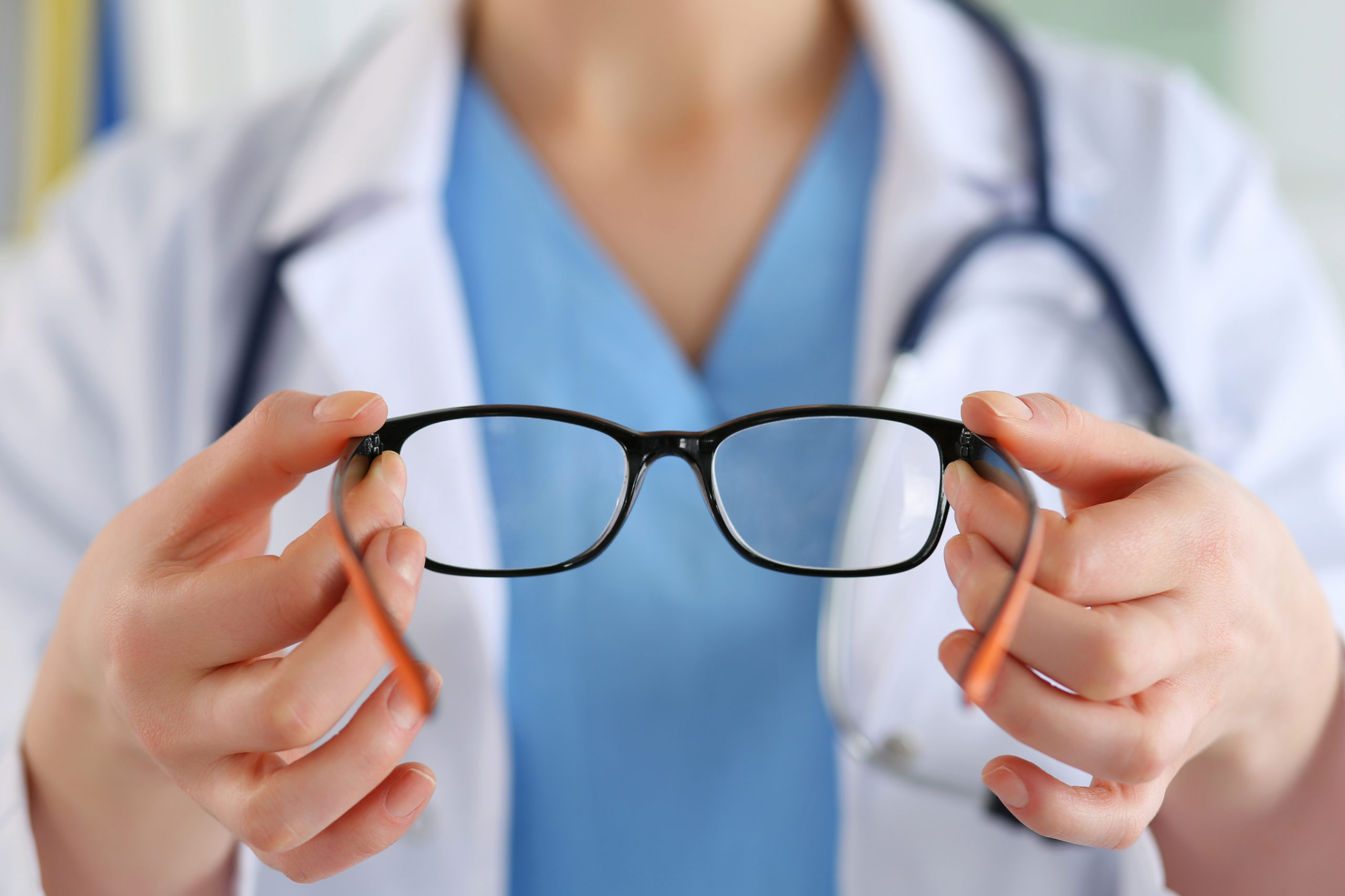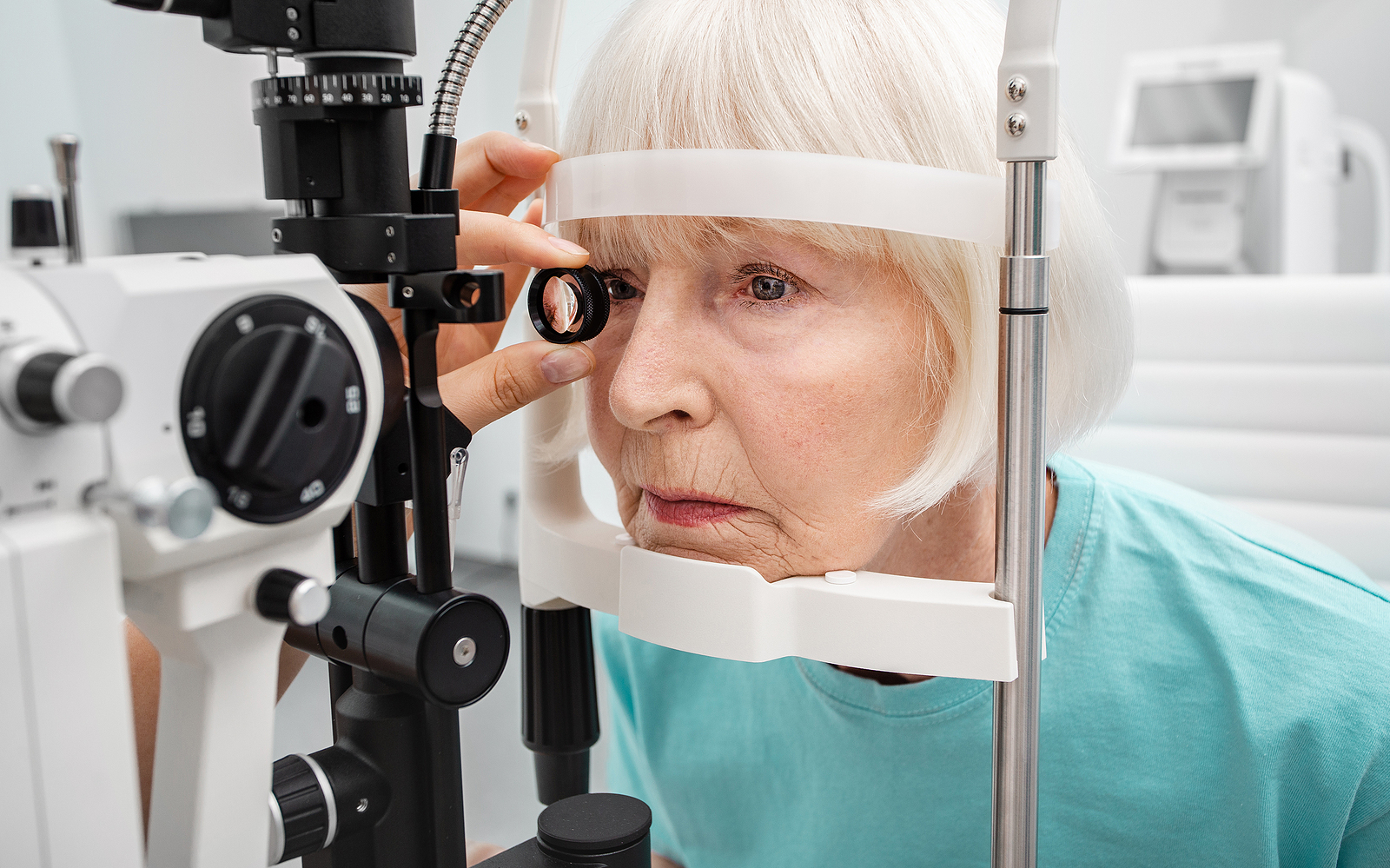Is Your Blurry Vision a Sign of Cataracts?

Our eyes naturally change as we get older, but you should be on the lookout for these cataract symptoms so you and an eyecare specialist can put together a treatment plan if necessary.
As we age, our eyes go through natural changes that may affect our vision. From difficulty driving at night to back-to-back prescription updates, these changes can have a significant impact on how we go about our daily lives.
For many older patients, cataracts are often the cause of these changes. While not everyone will experience cataracts, they do become more likely as we age. Cataracts may begin to develop around age 40, but they probably won’t seriously affect your eyesight until your 70s or 80s, when half of Caucasian Americans will experience them.
If you’re having issues with your vision, it’s worth taking the time to learn more about cataracts and the effects they may be having on your eyesight. By noticing these symptoms early and bringing them up with an eyecare specialist, you have a better chance of preventing cataracts from causing serious long-term problems.
What Are Cataracts?
When we’re younger, the proteins in our eyes are relatively strong and stable. Once we start getting along in years, however, it’s natural for these proteins to begin to break down. Depending on where this breakdown occurs, it can cause noticeable changes to our eyesight.
If this process takes place in the lens of the eye, it often causes a cataract. Proteins breaking down in the lens cause it to become cloudy, creating the milky film with which cataracts are most often identified.
While this is how most cataracts develop, there are other development trajectories, as well. For example, genetic conditions, traumatic eye injuries, and medical conditions such as diabetes are all risk factors for cataracts. While some of these risk factors can be mitigated — for instance, by wearing protective sunglasses to minimize UV exposure — others are more difficult to manage.
What Are the Symptoms of Cataracts?
Beyond the telltale white or gray film covering the iris, there are a number of signs that patients may be experiencing later-stage cataracts. For example, if a patient has blurred or cloudy vision, this could be the result of cataract film preventing light from reaching the retina — the part of the eye that processes images like a camera.
Other possible symptoms of cataracts include seeing halos around bright lights, sensitivity to flares, the need for more light for activities such as reading, double vision, fading of colors, and difficulty seeing at night — especially while driving. Additionally, if patients are switching from one prescription for their eyeglasses or contact lenses to another at an increasing pace, they may be dealing with cataracts that are advancing rapidly.
What Can I Do If I’m Experiencing These Symptoms?
If you’re experiencing any of these symptoms, it’s advisable to reach out to an eyecare specialist to investigate your deteriorating vision. They’ll be able to take a closer look at what’s going on with a visual acuity test, slit-lamp examination, or retinal exam. They may also recommend making behavioral changes, such as quitting smoking, changing your diet, and staying on top of conditions such as diabetes.
What’s most important is speaking to a qualified medical expert who can plot a treatment path tailored to your situation and needs — should one be necessary. At Swagel Wootton Eye Institute, our team is ready to help you navigate (or prepare for) whatever issues you may experience with your vision. To book a consultation today, head to our website to get in touch with our Mesa and Chandler locations.
[DISPLAY_ULTIMATE_SOCIAL_ICONS]








